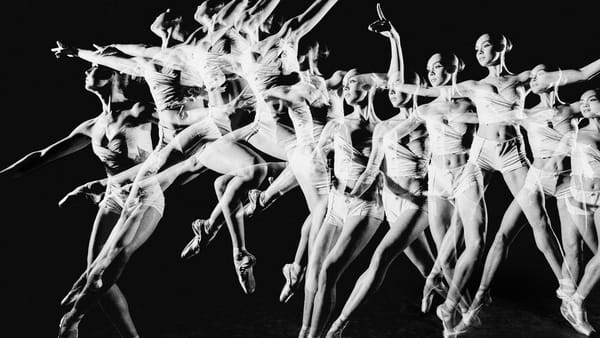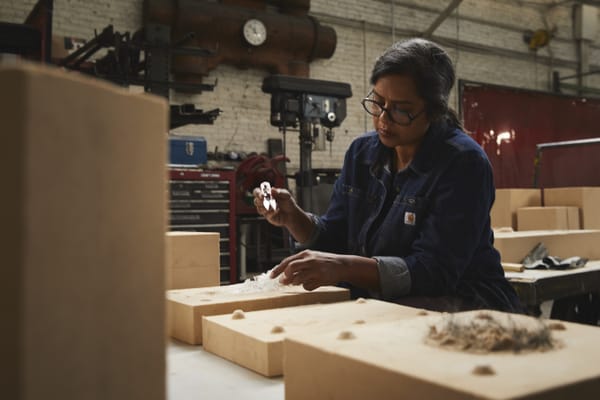Over 1,600 Materials From the Black Mountain College Archives Will Be Digitized
Thanks to a grant from the Council on Library and Information Resources, the Asheville Art Museum will digitize its largely hidden Black Mountain College Collection.
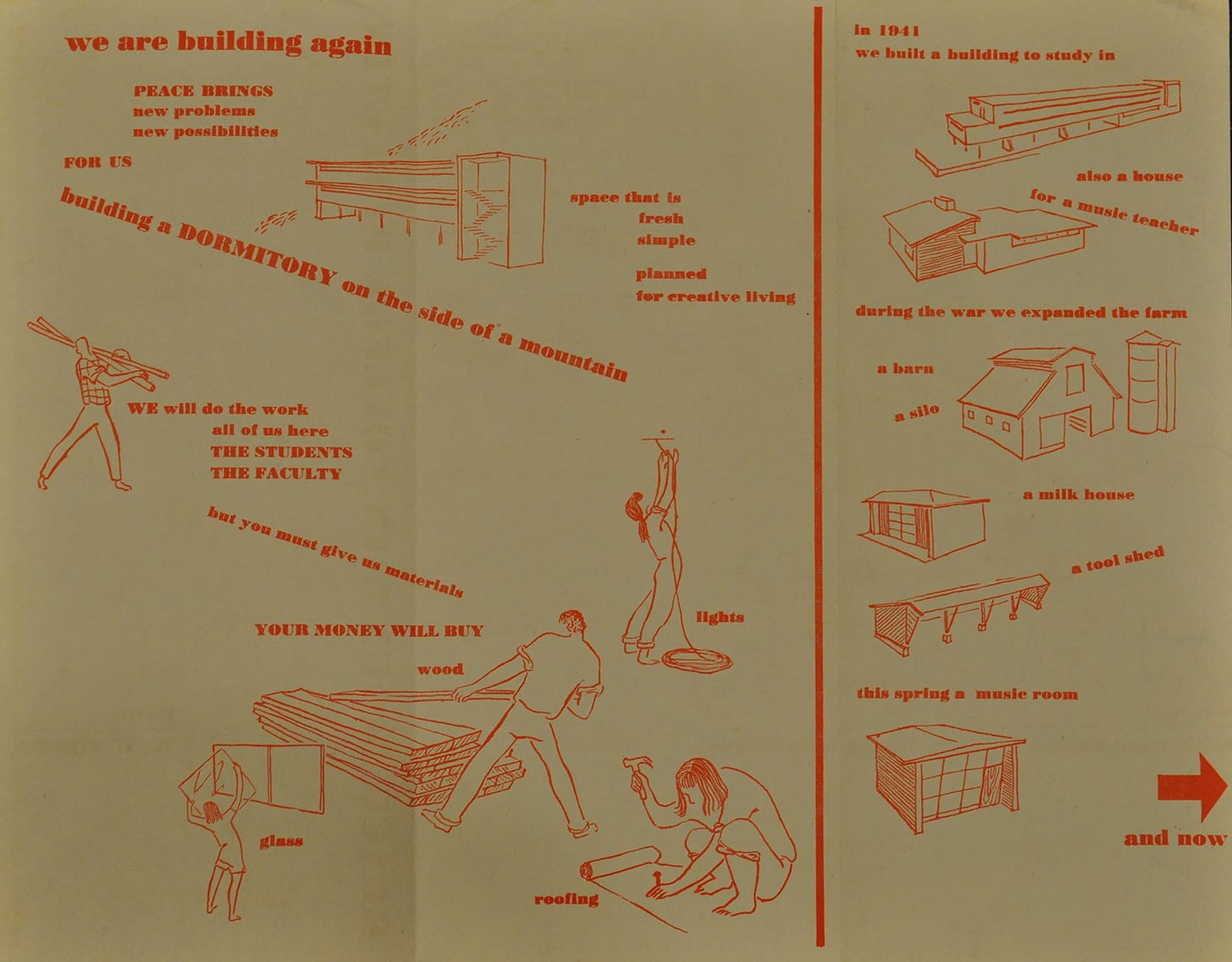
Black Mountain College in North Carolina, the legendary experimental arts school that attracted and inspired artists like Anni Albers, Ruth Asawa, John Cage, and Willem de Kooning, was in existence for only a little over two decades — but its imprint on the history of the avant-garde is indelible. Thanks to a grant from the Council on Library and Information Resources (CLIR), the Asheville Art Museum will help preserve its legacy by digitizing more than 1,600 materials in the museum’s Black Mountain College (BMC) Collection. They will join other resources already available to researchers, such as the Black Mountain College Museum and Art Center (BMCM+AC)’s digitized trove of objects related to the school, available through the University of North Carolina’s Ramsey Library Special Collections.

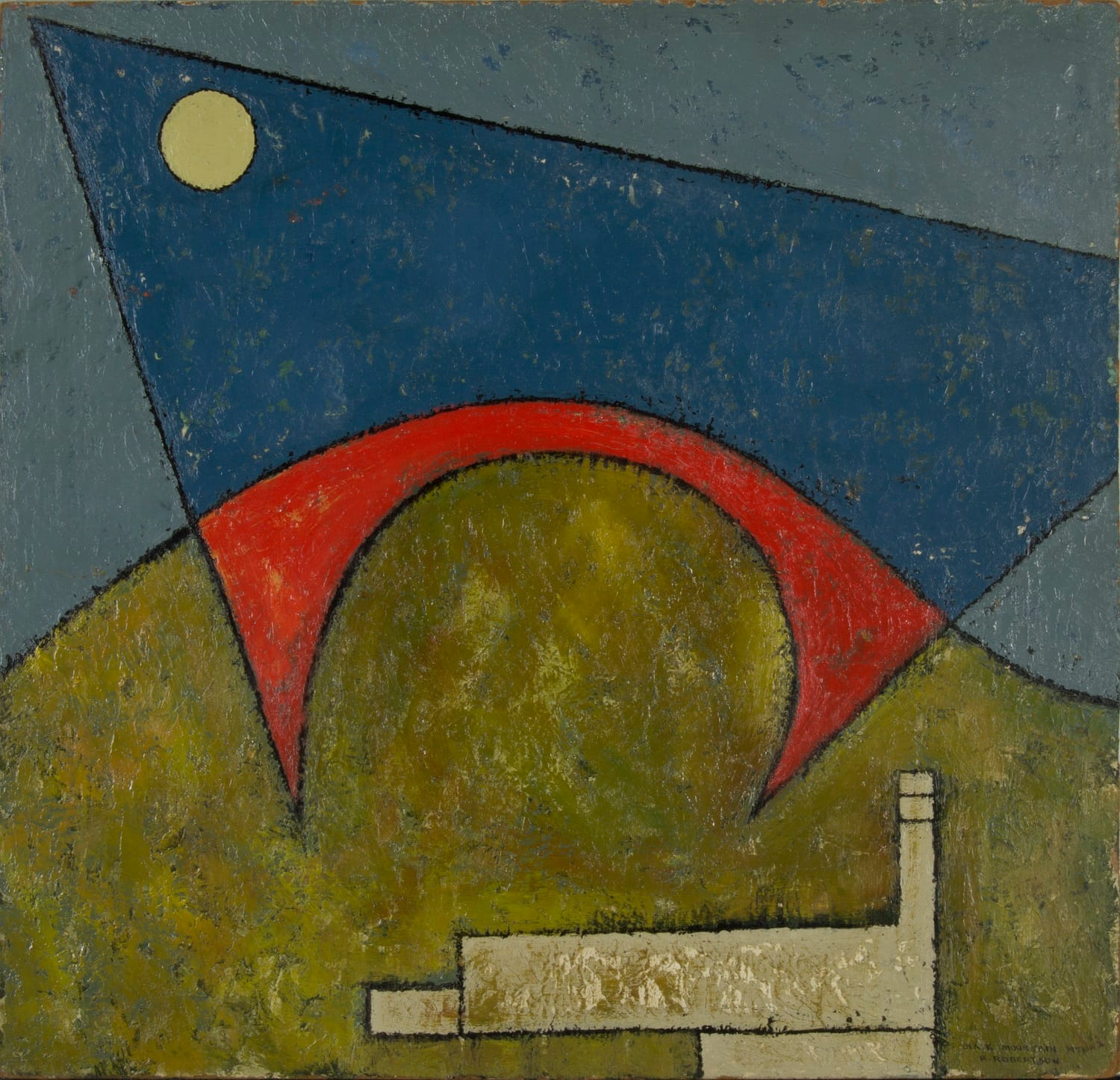
The $163,694 grant will allow the museum to host a digital version of the collection on its website and create an “Interconnective Timeline,” giving the public access to previously unseen archival documents, literature, works of art, and other material related to BMC’s rich history as well as its ongoing influence on contemporary movements and practices. The museum is a repository of the Lorna Blaine Halper Estate; a large portion of the BMC Collection comes from the artist, who studied at Black Mountain College under renowned colorist and Bauhaus master Josef Albers.
The BMC Collection has remained largely hidden from public view until now, according to a spokesperson for the museum. “Up to this point we have really only taken photographs as necessary,” she wrote in an e-mail to Hyperallergic. “Digitizing them will allow the public to search for objects on the website. Being on a website is important to the life of the Collection — if more people can see something without us handling it, the longer it will remain in pristine shape.”
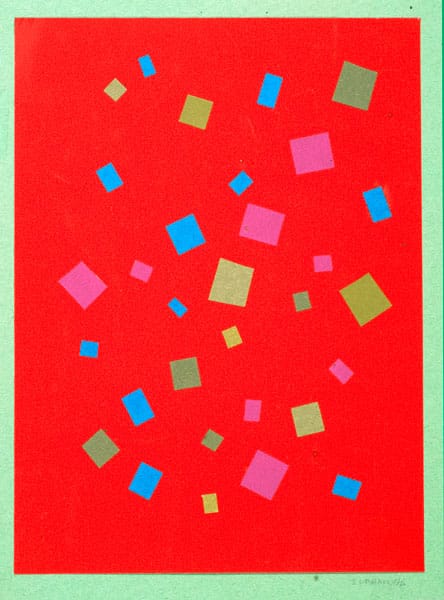
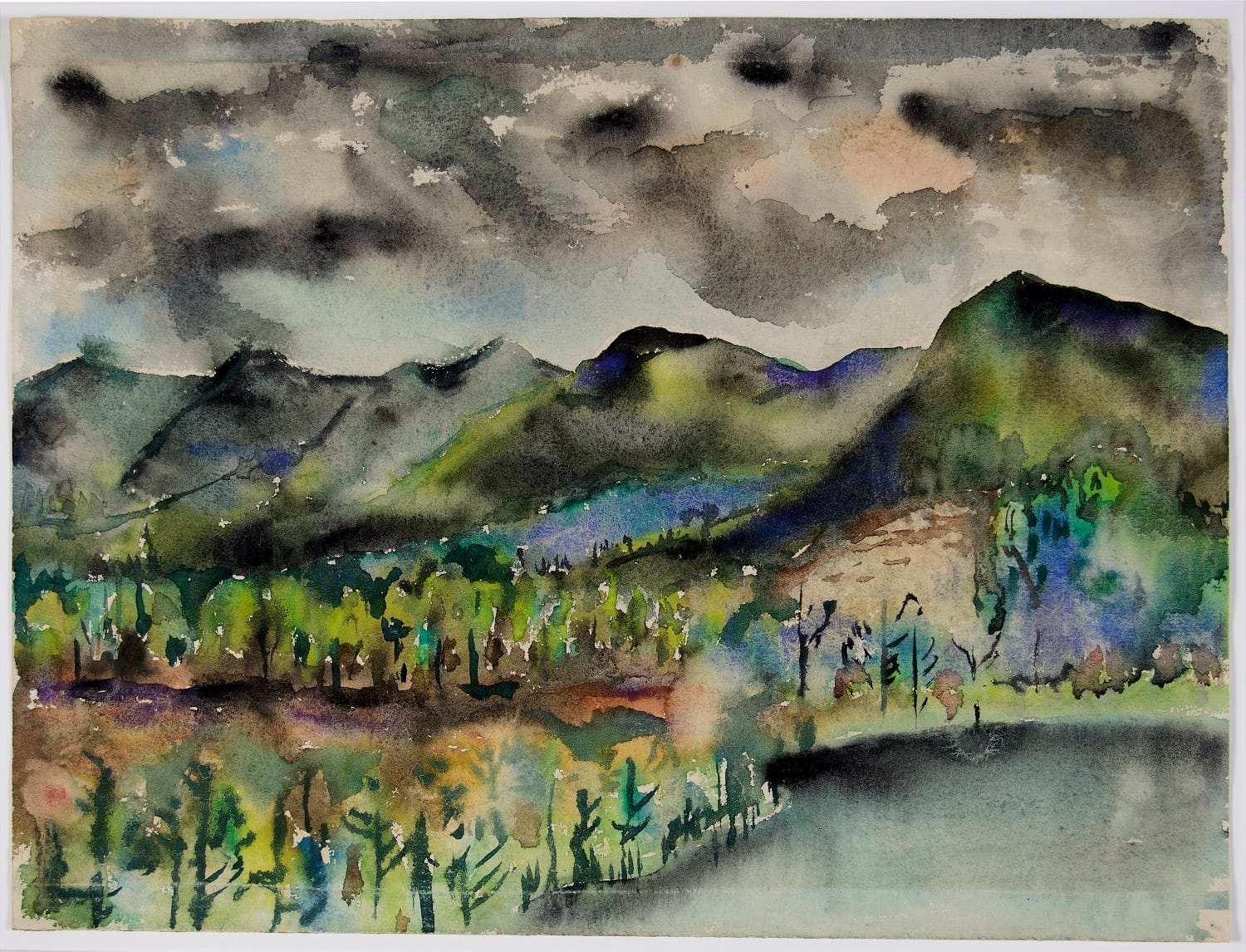
Digitization of the archive will take around 24 months. Once the project is complete, the museum plans to host a webinar symposium featuring presentations about the objects by international scholars across the globe, stimulating collaboration and discovery of the collection across disciplines.
The grant is one of CLIR’s prestigious “Digitizing Hidden Special Collections and Archives” awards, which will provide more than $4.1M to fund 18 digitization projects this year. Other grantees selected from CLIR’s 2019 applicants include the San Francisco Art Institute, the City University of New York, and the Mattress Factory Museum.
On March 6, the Asheville Art Museum will open its exhibition Dancing Atoms: Barbara Morgan Photographs, showcasing works by the dance photographer who taught at Black Mountain College in 1944.
Editors note 2/11/2020 5:30pm EST: This article has been updated after the Asheville Art Museum communicated that while over 3,000 images will be produced, a total of 1,643 objects will be featured in the digitizations.


